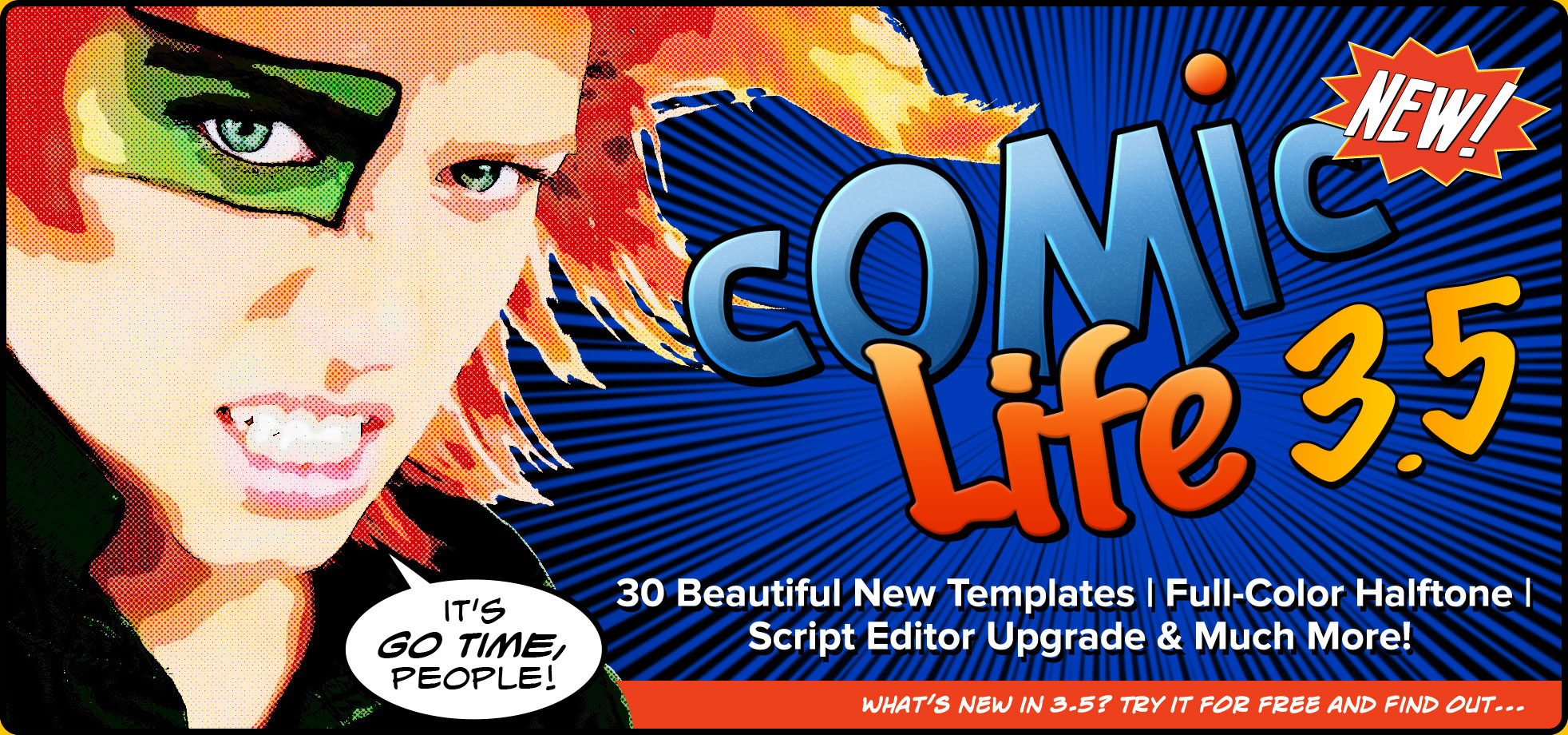

There is no consensus amongst theorists and historians on a definition of comics some emphasize the combination of images and text, some sequentiality or other image relations, and others historical aspects such as mass reproduction or the use of recurring characters. It is common in English to refer to the comics of different cultures by the terms used in their original languages, such as manga for Japanese comics, or bandes dessinées for French-language comics. The English term comics derives from the humorous (or comic) work which predominated in early American newspaper comic strips usage of the term has become standard also for non-humorous works. Modern comic strips emerged in Japan in the early 20th-century, and the output of comics magazines and books rapidly expanded in the post-World War II era with the popularity of cartoonists such as Osamu Tezuka.Ĭomics has had a lowbrow reputation for much of its history, but towards the end of the 20th century began to find greater acceptance with the public and within academia. Histories of Japanese comics and cartooning (manga) propose origins as early as the 12th century. American comics emerged as a mass medium in the early 20th century with the advent of newspaper comic strips magazine-style comic books followed in the 1930s. The history of European comics is often traced to Rodolphe Töpffer's cartoon strips of the 1830s, and became popular following the success in the 1930s of strips and books such as The Adventures of Tintin.

By the mid-20th century, comics flourished particularly in the United States, western Europe (especially in France and Belgium), and Japan. Some scholars have posited a pre-history as far back as the Lascaux cave paintings. The history of comics has followed divergent paths in different cultures. Since the late 20th century, bound volumes such as graphic novels, comics albums, and tankōbon have become increasingly common, and online webcomics have proliferated in the 21st century. Common forms of comics include comic strips, editorial and gag cartoons, and comic books. Cartooning and similar forms of illustration are the most common image-making means in comics fumetti is a form which uses photographic images. Size and arrangement of panels contribute to narrative pacing. Often textual devices such as speech balloons, captions, and onomatopoeia indicate dialogue, narration, sound effects, or other information. Comics frequently takes the form of juxtaposed sequences of panels of images.
#Comic life 1.5 Offline
Read ideas via images, comics fast and beautiful way to view your comics.Ĭomics Life is a Quick navigation between comics – Long press image to view alt text – Search for title, transcript or number – Share comic url or image – Add comic to favorites – Favorites are saved for offline use – Open links from and m. – Support for large images (e.g comic 657) – Warning for interactive comics – Explain xkcd integration – Material design elements like Snackbars, Floating Action Button, tinted Status Bar…Ĭomics is a medium used to express ideas via images, often combined with text or other visual information.


 0 kommentar(er)
0 kommentar(er)
